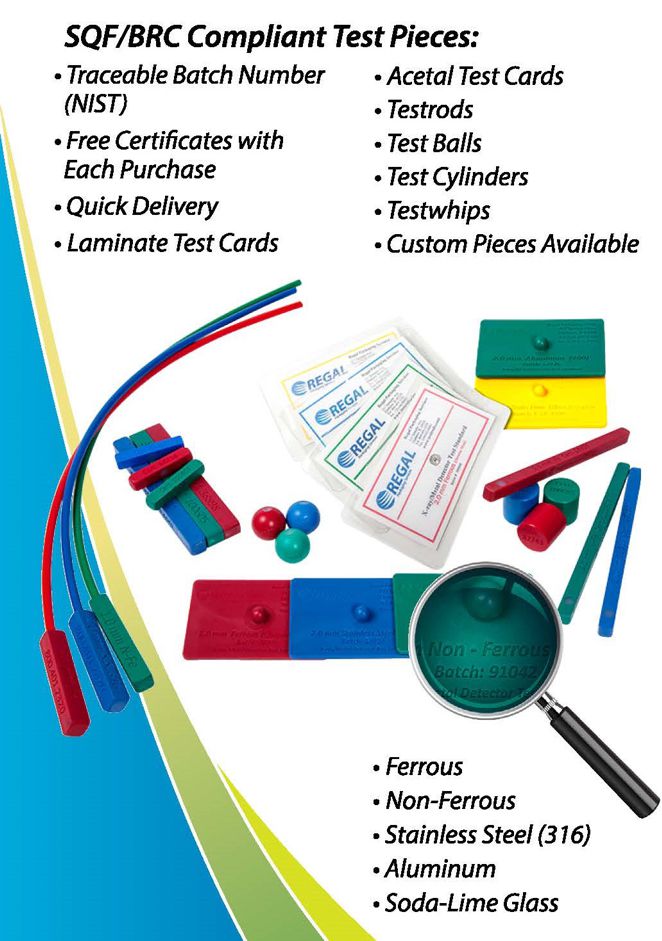
Using Metal Detector Test Pieces
June 24, 2019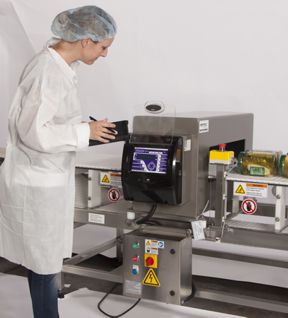
How To Pass a Detector Audit
July 1, 2019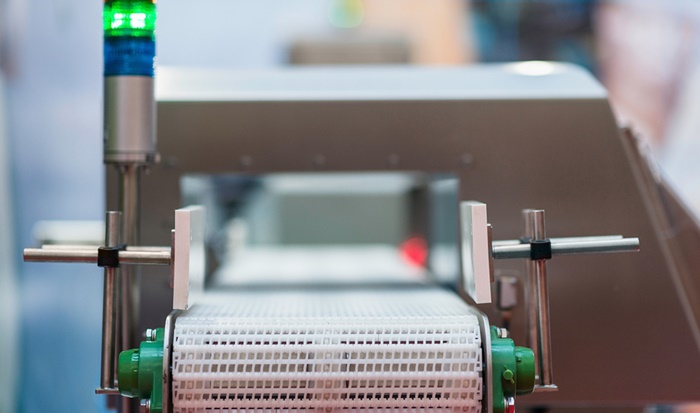
Metal detector conveyor - used to control quality in food or other products. Alarm is raised if system detects faulty or contaminated product.
Tips for Metal Detection Testing
Metal detection testing is a crucial part of the manufacturing and packaging process. Therefore, it should be conducted frequently and with particular care. This means making sure that you are using only the best quality test pieces. It’s the best way to make certain you get the most accurate results with every test.
Even with carefully maintained equipment, it is impossible to avoid regular wear and tear, which can lead to contamination. In order to avoid the often-costly results of that contamination, regular testing is essential.
The Variables
There are many different types of metal detectors used in the pharmaceutical, packaging, textile manufacturing and food production industries. Each one is vital to maintaining high safety standards. Companies must develop their own test criteria and thoroughly document all results to maintain the viability of their systems.
The criteria used can vary from one company to another. There are, however, some basic tips all companies can use when it comes to testing their metal detection equipment.
First and foremost, metal detection testing should always include test pieces made from the 3 major metal groups. Samples should include ferrous, non-ferrous and stainless steel 316.
Ferrous metals are those such as steel and iron that can be attracted to a magnet. These are generally the easiest metals to detect. Non-ferrous metals like copper, aluminum and brass are not magnetic but are nonetheless highly conductive.
Non-magnetic stainless steel, specifically 304 and 316 types, are not good conductors and are thus more difficult to detect. Including all three in the testing process is the best way of ensuring that your detector is effective. Stainless Steel 316 is the industry standard and should be implemented in every metal detector HACCP plan. It is more difficult to detect than 304. So if you can detect 316, you will catch 304. Unfortunately, the opposite is not true.
Another important factor in the testing process is how frequently you run tests. In order to maintain the best possible safety level at all times, regular testing is required. It is recommended that you perform tests at every shift change, every product change and once an hour. This may seem superfluous, but when compared to the possible cost resulting from a contaminated product, it is worth the effort.
One More Note
The final tip for metal detection testing is making sure that you position the test samples properly. In order to get an accurate response, the sample should be positioned so that it passes through the center of the detector. This is the least sensitive part of the machine. If the sample can be detected there, it should also be easily picked up in other parts of the detector.
Also, the test samples should ideally be placed within the product itself and should be run through the detector at the front, center and back of a batch so that you can be sure that your detector is working properly through the entire process.
Of course, the accuracy of testing will rely heavily on the quality of test pieces used. The better the design of the pieces, the more you can rely on the end result of the testing process. In order to ensure you are getting top quality pieces, you want to deal with a company that understands the importance of safety standards and will work with you to produce sample pieces that are designed specifically for your machinery.
We Can Help
That’s where Regal Packaging Services, Inc. comes in. Since 1998 we’ve been providing our customers with standardized and custom made samples for use in metal detection testing. We work with each customer to meet their particular needs and use only the highest quality materials in our pieces. We even provide free certification with each piece so that you know they are designed to last a lifetime, and the certificates do not expire. Don’t be sold by a company that charges you for certificates, makes them difficult to obtain or tells you they need to be renewed every year. Regal is a name you can trust.
Keeping your metal detectors working properly is crucial to your business and we make it our business to ensure that you have the test pieces you need to keep running safely.

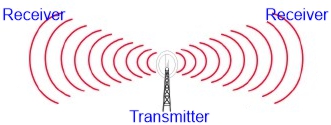
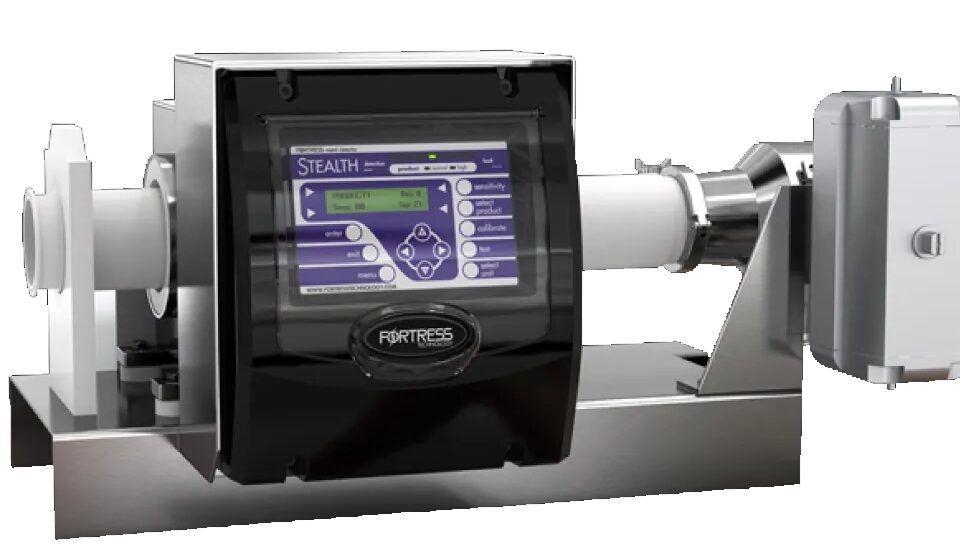
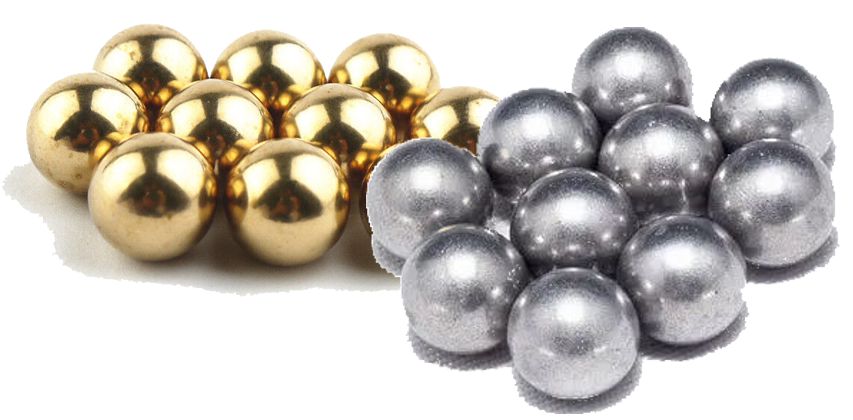
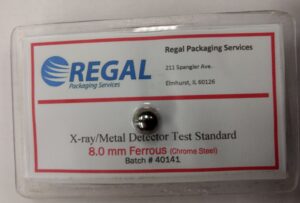
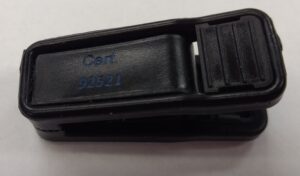
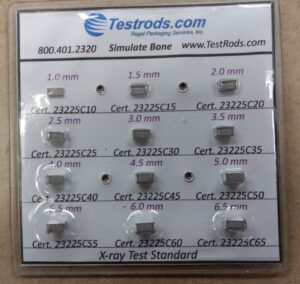
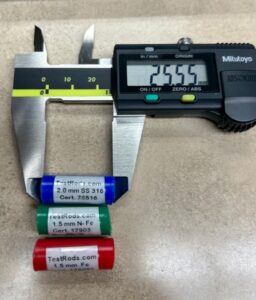
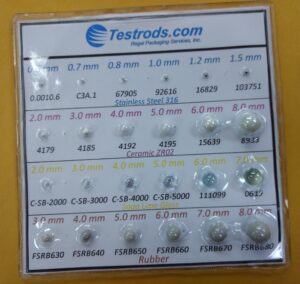

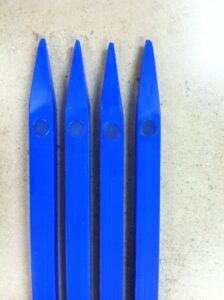
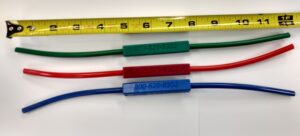
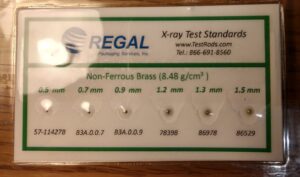
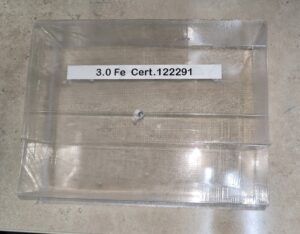
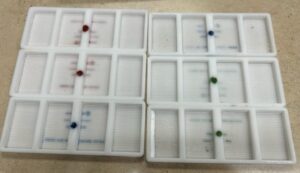
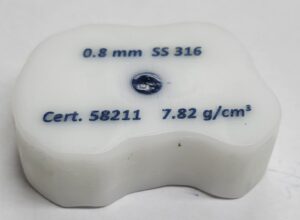
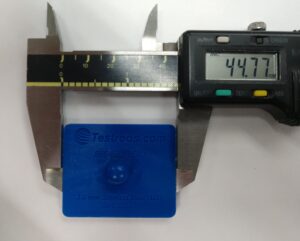
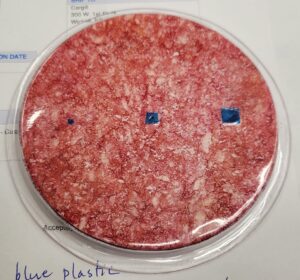
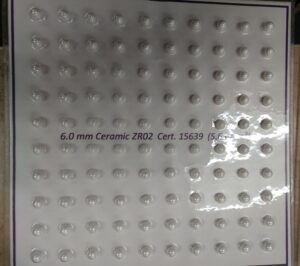
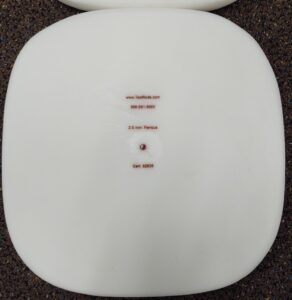
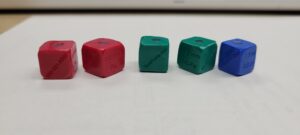
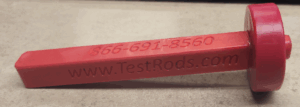
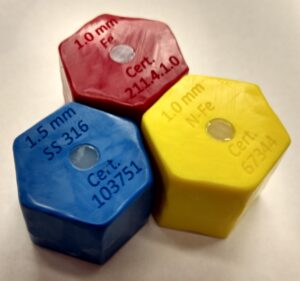
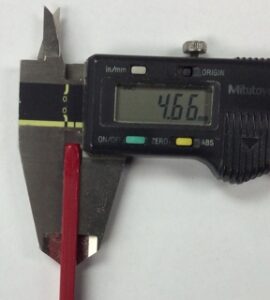
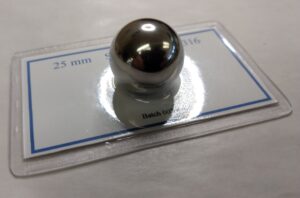
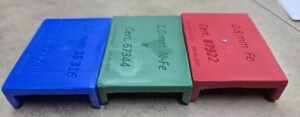
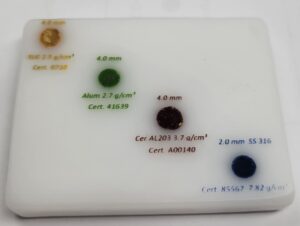
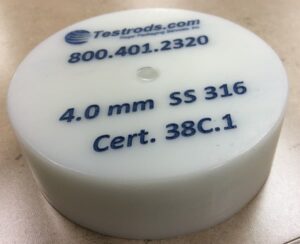
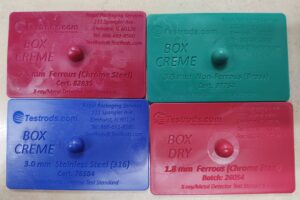
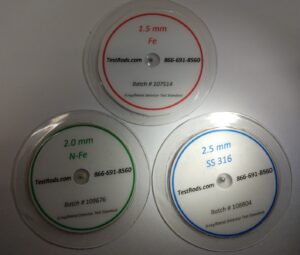


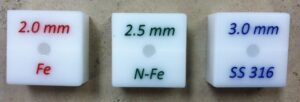
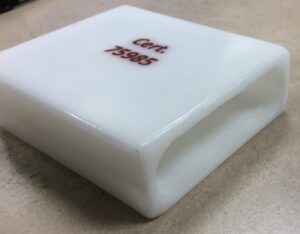
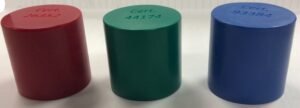
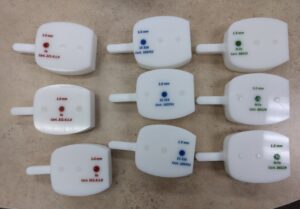
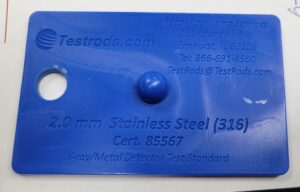
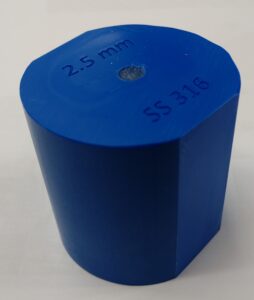
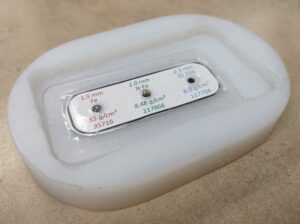
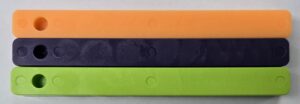

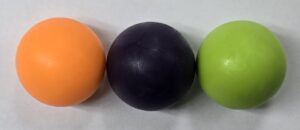
2 Comments
Hi, I’m Anis from F&B company in Malaysia. May I know other than ferrous metal, do you provide test sample as below?
PVC, Porcelain Simulate, RUbber, Ceramic Simulate, Salf/Flavor lamp
Thank you.
Anis,
We offer:
Polypropylene, Nylon, EPDM Rubber, Buna Rubber, PVC, Acetal (Delrin), Viton Rubber:, PTFE (Teflon), Quartz, Borosilicate Glass*, Soda-Lime Glass, Aluminum, Aluminum-Bone Simulate, Ceramic AL203, Ceramic ZrO2, Ferrous (Chrome Steel), Stainless Steel 316, Non-Ferrous (Brass). I will email you the list of type contaminants, densities and sizes available. If you need something no on the list, let me know and we can look into obtaining. I’m not sure what you mean by “Salt/Flavor Lamp,” so you can email me at brian@regalpack.com to let me know those detils.